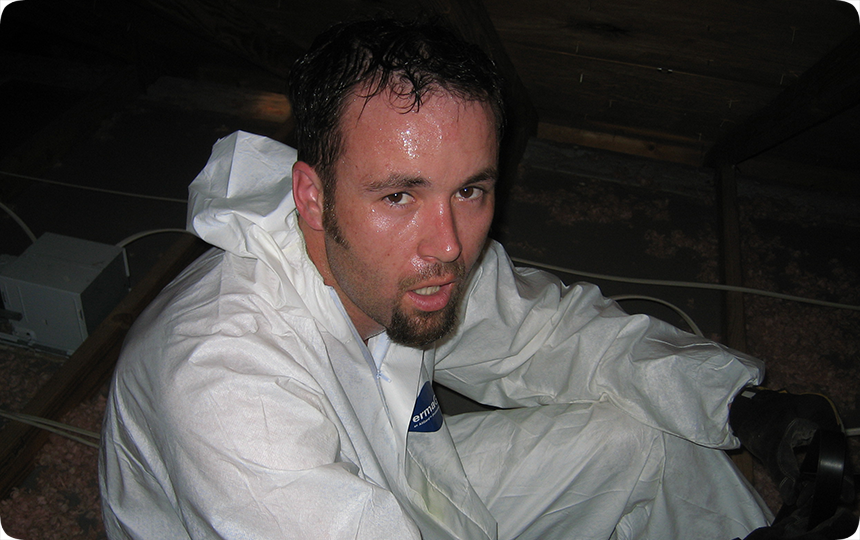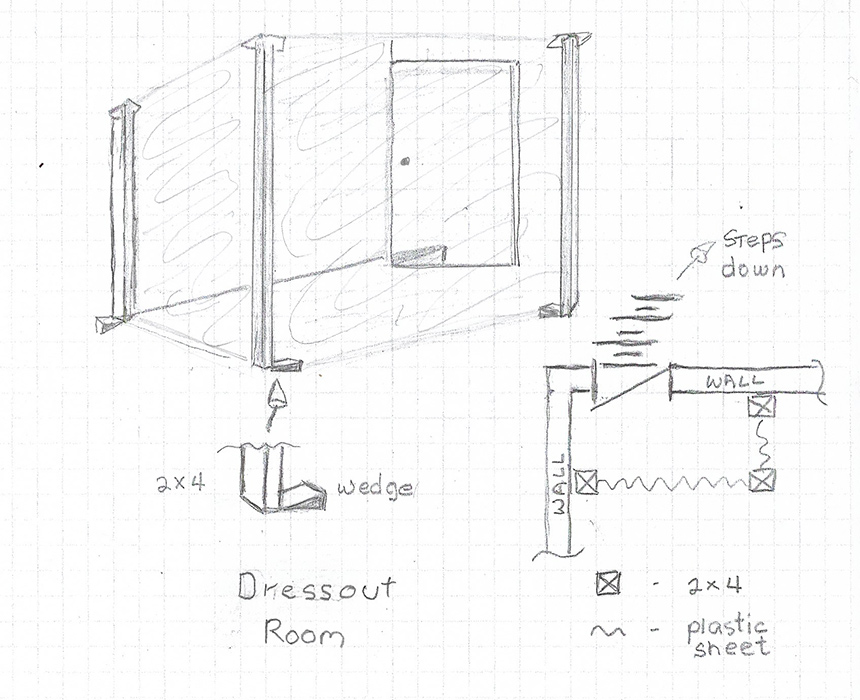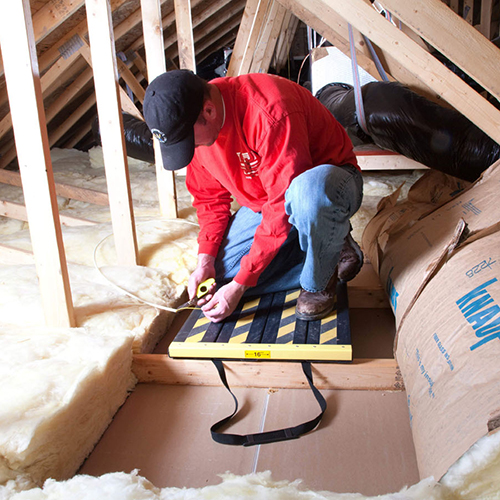-
info@aaanimalcontrol.com
Call us for help in your town
Humane Wildlife Education
Dog Days of Summer - Hot Attic Safety

8.08.2020 - - Author: Philip J. Nichols -
Hot and humid summer temperatures challenge humans and animals alike. Workers not used to working in hot conditions need to drink water every 20 minutes. If sweating a lot, electrolytes will be lost and need to be replaced. Wear loose fitting clothes, open windows, install fans, and avoid alcohol. Over time, the body adjusts to working in heat. When live trapping animals in heat, traps should be checked early and a source of water or moisture (apple, pear, etv.)supplied.
The attic with a bat colony is a typical job done in extreme heat. Bat guano is the product of bat feces cemented together with bat urine. Guano deposits are found on the floor, on joists, or anywhere under where the bats perch. These deposits can be large and difficult to remove. A shovel and paint scraper will loosen caked up deposits. After removing this, the underlying surface needs attention. The surface may be fully saturated with urine, causing the wood to be spongy. This bad wood needs to be removed and replaced.
Every attic job needs to be planned, both for your safety as well as the homeowner's peace of mind. You do not want to trek through the house dripping sweat, bat guano and other debris from the attic.
Planning a Job
1. Inspect the attic for hazards such as nails in low rafters, exposed wires, openings between trusses*, any living creatures other than bats (raccoons, squirrels, bees/wasps, etc.) that may "surprise" a worker. Use the rock climbers 3 point rule - 3 points of contact when climbing or traversing open joists. 2. Plan how to get power for lighting, ventilation fans and equipment into
the attic. 3. Where to build a "dress out" space between the attic and the rest of
the house. This is a small enclosed room put up at the entrance to the workspace (using duct tape, plastic sheeting and drop cloth) large enough for one worker to sit while getting "dressed out" when entering the attic. This is where you store supplies such as safety equipment, towels, trash bags, a cooler for water, and small tools.

Sequence of Work Events. By midday in the summer, an attic can reach 180 degrees F., so it is best to schedule jobs early in the morning. A worker starts out by removing their clothes and putting on a disposable suit, booties, gloves, respirator** and hardhat. Turn on fans, open windows and enter the workspace. The guano and loose feces are then removed. Contaminated surfaces (guano, urine, dead bats or other creatures) must be sprayed with a ten percent bleach solution. Take a break every 1⁄2 hour for rest and hydration. When finished for the day, the worker(s) bags up the guano and trash, then enters the dress out room, and puts all his dirty disposables in the trash bag. The trash bag is then double bagged, sealed and put outside of the dress out room. The worker dries off, gets dressed and leaves with the trash. In between, tools are accounted for, cleaned off and put away or removed. Try to schedule attic work anytime but summer. Once you explain, most homeowners will understand that the bat colony should be allowed to stay until the baby bats can fly. But if an attic job has to happen for whatever reason, be sure to factor in all the added cost of labor and material.
* openings between trusses can be bridged with plywood or a product called Joistmate

** Respirator For excluding fiberglas insulation dust particles, a NIOSH rated N-95 will suffice. For spaces where Hantavirus or other small particles may be present, the respirator must be rated at N-100
For more wildlife stories, click my Wildlife Blog
or click my below banner to hire a local trapper.




















